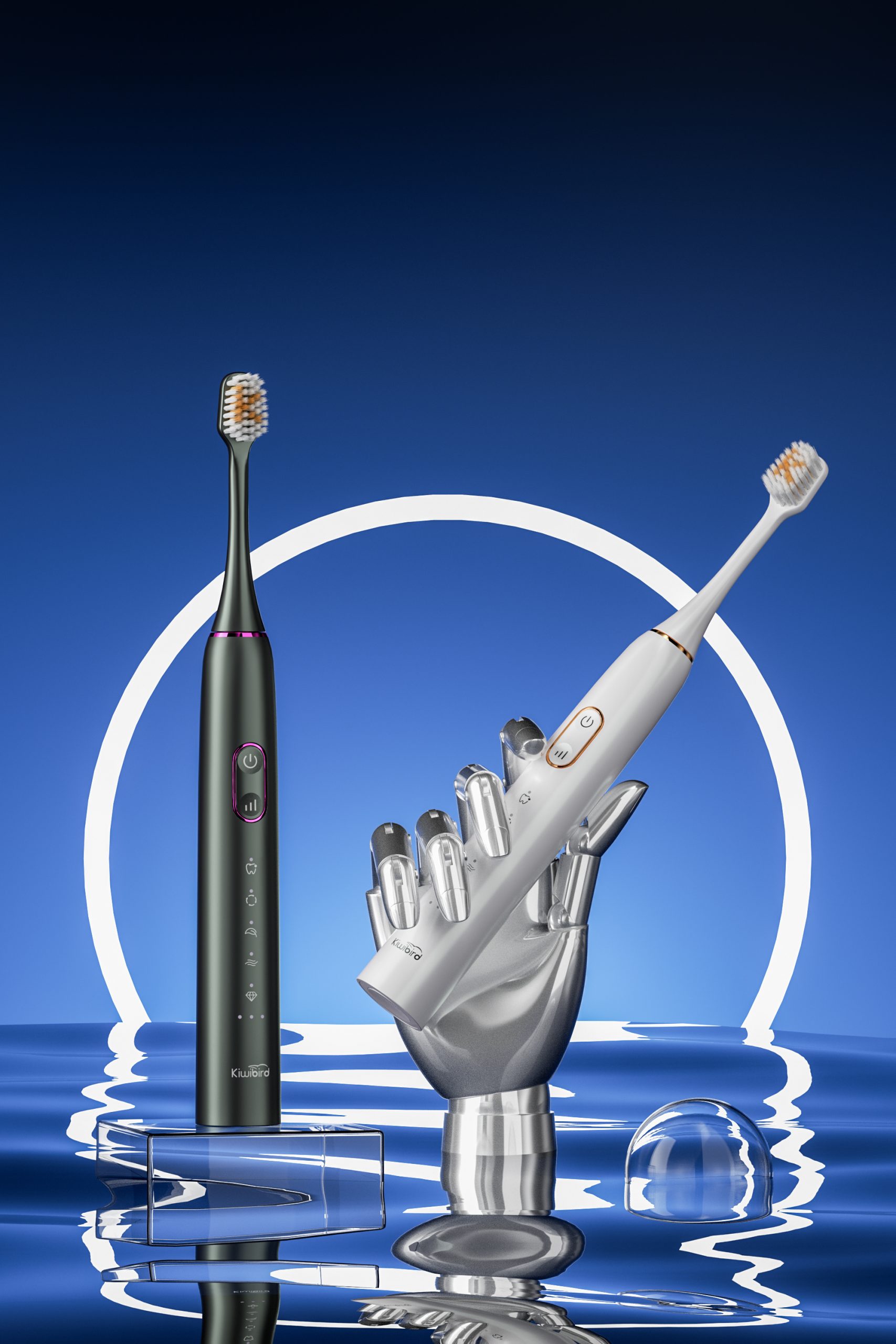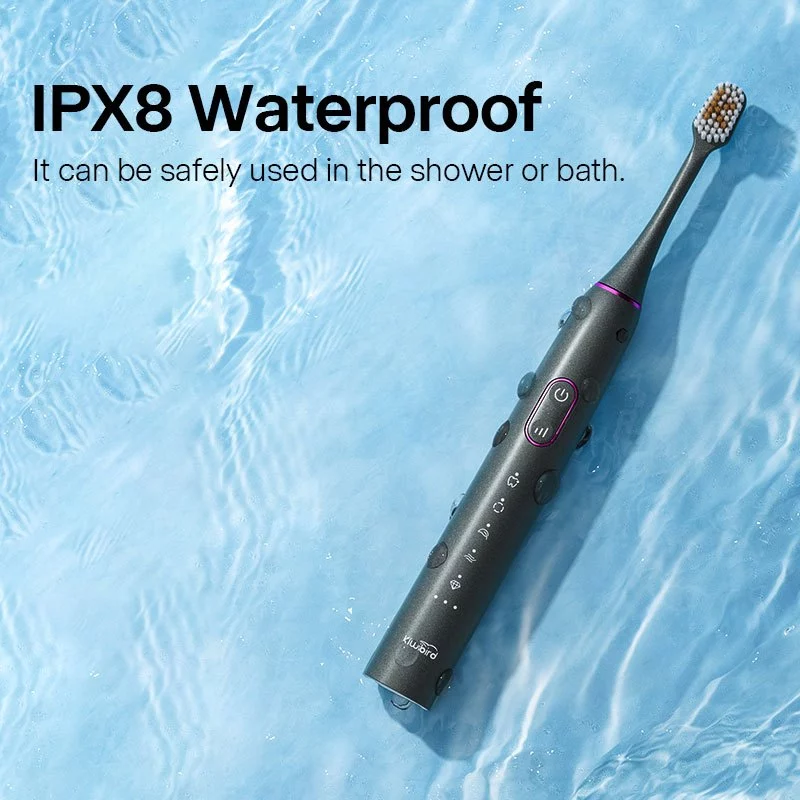As water flossers continue to grow in popularity across global markets, manufacturers are focusing not only on cleaning performance but also on the safety and user experience of these devices. Two often-overlooked but critically linked factors are Excessive Noise and the potential for Aspiration Risk. While noise levels may seem like a minor inconvenience at first glance, excessive sound can directly contribute to unsafe usage conditions—especially among sensitive user groups. This article explores how these two issues are related, and why B2B suppliers should pay close attention.
Excessive Noise produced by water flossers can lead to multiple unintended consequences, one of which is the increased possibility of Aspiration Risk—the accidental inhalation of water droplets or debris into the respiratory tract. When a device operates loudly, it can startle or distract the user, disrupting the careful coordination required to maintain correct oral posture during use.
For elderly users, children, or individuals with reduced motor control, this distraction can make it easier to lose concentration or improperly tilt the device, raising the likelihood of aspiration incidents. Therefore, manufacturers cannot ignore the link between noise output and user safety.
A variety of design and manufacturing flaws can contribute to Excessive Noise in water flossers:
Not only do these factors annoy users, but they also increase the chance of distraction during flossing, indirectly elevating Aspiration Risk. Company web:https://www.powsmart.com/product/electric-toothbrush/
Several mechanisms explain the direct link between noise and Aspiration Risk:
If Excessive Noise in water flossers results in Aspiration Risk, the consequences are severe—not only for user health but also for the manufacturer’s reputation. Incidents of choking, coughing, or respiratory distress may lead to negative customer reviews, legal liability, and product returns. More critically, failure to address such risks may prompt regulatory action or recalls, especially in markets with strict consumer safety standards.
In the B2B market, these safety issues can damage trust with distributors, dental clinics, and retail partners, making product acceptance difficult in competitive segments.
To minimize Excessive Noise and prevent associated Aspiration Risks, manufacturers should adopt the following design principles:
These measures not only improve safety but also enhance the perception of premium quality and thoughtful engineering in the eyes of customers and partners.
The connection between Excessive Noise and Aspiration Risk in water flossers should not be underestimated. By prioritizing quiet operation, manufacturers can greatly reduce the likelihood of user distraction, startle responses, and improper device handling—all of which contribute to aspiration hazards.
A quieter device is not only more pleasant to use but also significantly safer, building long-term trust with both end-users and professional partners. For B2B suppliers, investing in noise reduction technology and safe design practices is a strategic move toward delivering reliable, high-quality products that meet the highest safety expectations in global markets.Contact us
.jpg)

Ultra-Quiet Sonic Toothbrush Manufacturing: <60dB Technology

Does Space-Saving Flosser Combo Cause Pulse Inconsistency?
How Do Indicator Error and Seal Deterioration Mislead Users?
Why Is Enamel Vulnerability Linked to Staining Residuals?
.jpg)
Does Post-Surgery Oral Care Brush Aggravate Gum Recession?
Can Short Tank Runtime Delay Oral Ulcer Care?

Multi-Function Electric Toothbrush Benefits for Family Oral Care

How Oral Care Brands Can Expand Product Line Strategically

Smart Electric Toothbrush Customization by Powsmart

IPX7 Waterproof Electric Toothbrush Customization for Global Markets
Why Dentist Consultations Mitigate Home Treatment Risks?
.jpg)
sonic electric toothbrush Mesa
Handle Grip Design Affecting Mucosal Irritation?
.jpg)
How to Choose a Professional ultraviolet sterilized water flosser Manufacturer?
Can Charging Overheat Worsen Joint Leakage?
Can Unstable Vibration Worsen Tooth Sensitivity?

electric toothbrush heads Charcoal Infuse-Round

Customization Teeth Whitening Gel

Private Label Whitening Gel

electric toothbrush heads Ultra Soft

electric toothbrush heads Deep Clean

Electric toothbrush heads Charcoal Infused-Diamond
.jpg)
Florida Electric Toothbrush – Powsmart PTR-C8

electric toothbrush heads Regular Clean
whstapp
whstapp
National Toll-Free Service Hotline
+86 755 86238638